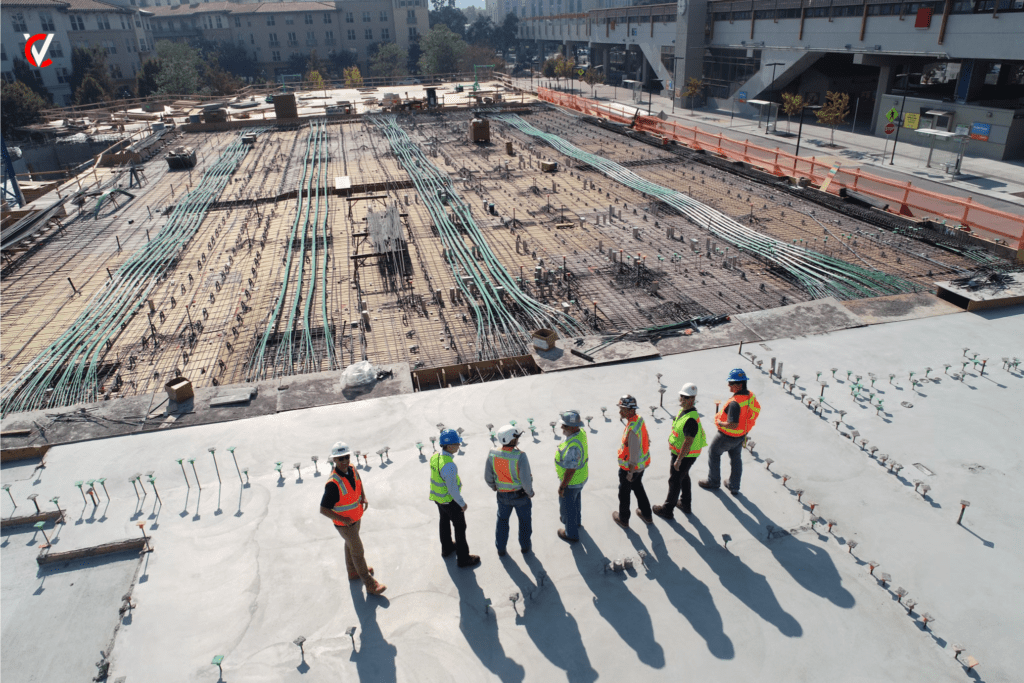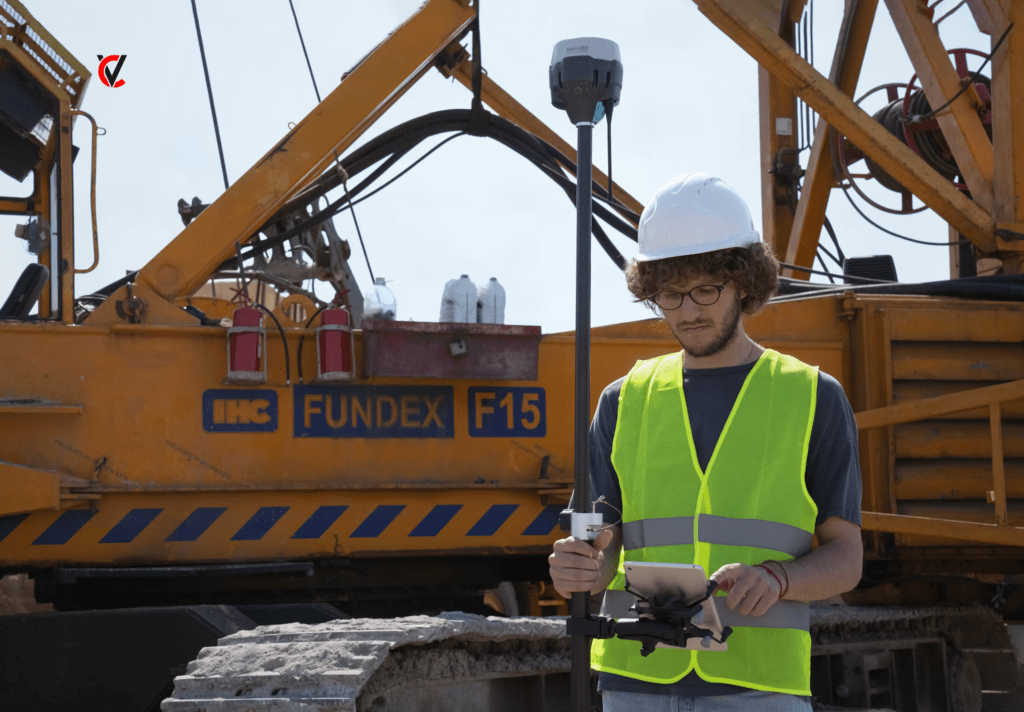The construction industry, a cornerstone of global economic development, is paradoxically a field where progress often walks a fine line with peril. Behind the impressive skylines and sprawling infrastructures lies a sobering truth when things go wrong, the consequences can be catastrophic. Structural failures, crane crashes, and scaffold collapses are not just accidents; they are wake-up calls that echo across the industry, prompting urgent questions about safety, accountability, and the cost of neglect.
Cracks in the Foundation: A History of Tragedies
Structural collapses in the construction industry are not new phenomena. The history of modern construction is littered with devastating incidents each revealing lapses in design, oversight, or maintenance. From bridge failures to the collapse of high-rise buildings, every structural tragedy unearths systemic flaws and human error.
One of the most poignant examples in recent memory is the Surfside condominium collapse in Florida in 2021, which claimed 98 lives. Investigations revealed that the tragedy stemmed from long-ignored maintenance warnings, corrosion in structural elements, and delayed repair plans. The disaster cast a harsh spotlight on regulatory complacency, especially around aging buildings in coastal areas where environmental factors exacerbate wear and tear. More broadly, construction-related incidents globally from the crane collapse in Mecca to scaffold failures in major cities like New York and London underscore how thin the margin of error is in this sector. These aren’t just engineering failures; they are failures of oversight, accountability, and often, ethics.
The Hidden Costs of a Crash
When a structure fails, the damage extends far beyond the physical debris. Legal liabilities, insurance claims, reputational damage, halted projects, and lost investor confidence can bring entire firms to their knees. Moreover, the psychological toll on workers, survivors, and the families of victims is immeasurable. For governments and municipalities, a collapse can mean years of litigation, emergency reallocations of funds, and damage to public trust. Taxpayers often foot the bill for recovery efforts, and delays in infrastructure development have a ripple effect on transportation, housing, and economic growth.

Global Disparities in Safety Standards
Construction safety is not universally standardized. In many developing countries, rapid urbanization has outpaced regulatory frameworks. Informal labor, substandard materials, and inadequate enforcement have contributed to a disproportionate number of incidents in regions like South Asia, Africa, and parts of Latin America.
In contrast, countries like Japan, Germany, and the UAE have embraced stringent safety codes, rigorous engineering practices, and advanced monitoring systems. The difference in outcomes is stark and highlights the importance of institutional support, education, and continuous investment in safety infrastructure. Multinational construction firms operating across borders must therefore tailor their safety protocols to meet not only legal requirements but also the ethical imperative of worker and public safety regardless of location.
Insurance, Liability, and the Business Case for Safety
The financial burden of structural failures often falls on insurance providers, making this sector a key player in the safety conversation. As claims grow more frequent and severe, insurers are tightening their standards, demanding that firms adopt risk-reduction strategies as prerequisites for coverage.
As a result, proactive safety measures are no longer just best practices they’re business-critical. Firms with poor safety records face skyrocketing premiums, reduced insurability, and challenges in securing financing or partnerships. Conversely, a track record of safety excellence can become a competitive differentiator in bids and negotiations.
Case Studies: When Prevention Worked
Not all stories end in disaster. Some serve as proof that vigilance, planning, and innovation can avert tragedy. In Singapore, for instance, the government mandated a Design for Safety (DfS) program that integrates safety considerations from the earliest stages of planning and design. As a result, the city-state has seen a consistent drop in construction-related fatalities over the past decade.
Another success comes from Norway’s Follo Line project, one of Europe’s largest railway tunnel undertakings. By using real-time ground condition monitoring, digital twin simulations, and automated alerts, engineers were able to identify stress points early and prevent a potentially catastrophic tunnel collapse during excavation.
Leadership’s Role in Preventing Disaster
Safety reform doesn’t begin in the field it begins in the boardroom. Executive leadership must set the tone, allocate resources, and enforce accountability. When CEOs, project managers, and site supervisors actively participate in safety planning and audits, it sends a clear message that safety isn’t optional it’s integral.
Companies with visible safety leadership also tend to see higher employee engagement. Workers are more likely to speak up, follow protocols, and invest in their own safety when they know management is doing the same. Safety culture, like any other cultural shift, requires consistent reinforcement. It is built through policy, practice, communication, and most importantly behavioral modeling at every level of the organization.

The Rise of Smart Materials and Predictive Monitoring
Beyond wearables and BIM, material science is playing a new role in preventing crashes. Self-healing concrete, corrosion-resistant alloys, and fire-retardant coatings are being increasingly adopted in large-scale projects. These materials extend the lifespan of structures and reduce the need for constant repairs.
Likewise, sensor-embedded infrastructure is on the rise. Bridges, tunnels, and skyscrapers are now being equipped with stress, temperature, and vibration sensors that feed into central dashboards, allowing engineers to monitor performance in real time. These smart systems can issue warnings before human inspection teams would even suspect a problem.
Resilience in a Changing Climate
Climate change is adding a new layer of complexity to construction safety. Increased flooding, higher wind speeds, and shifting soil conditions pose unpredictable risks to even the most well-engineered projects. The ability to adapt to these conditions both in design and maintenance will be critical in preventing future collapses.
Resilient construction doesn’t just involve stronger materials, but smarter planning. This means accounting for future weather extremes in building codes, elevating infrastructure in flood-prone zones, and using environmental data to guide structural design decisions.
From Crash to Clarity: Building Forward
The metaphorical and literal crashes in construction are not just calamities they are catalysts. They force a reckoning, a rethinking of how we build and how we value human life within that process. Each failure carries lessons that can shape a safer, smarter future.
The call for reform is not just about upgrading regulations or deploying gadgets. It’s about building a new ethos where ambition doesn’t compromise safety, where cutting-edge technology meets time-tested engineering, and where every beam, bolt, and blueprint reflects a commitment to resilience. As the industry stands at the intersection of innovation and accountability, the mission is clear: build not just for today, but to withstand the tests of time and truth.
Related Blogs: https://ciovisionaries.com/articles-press-release/

